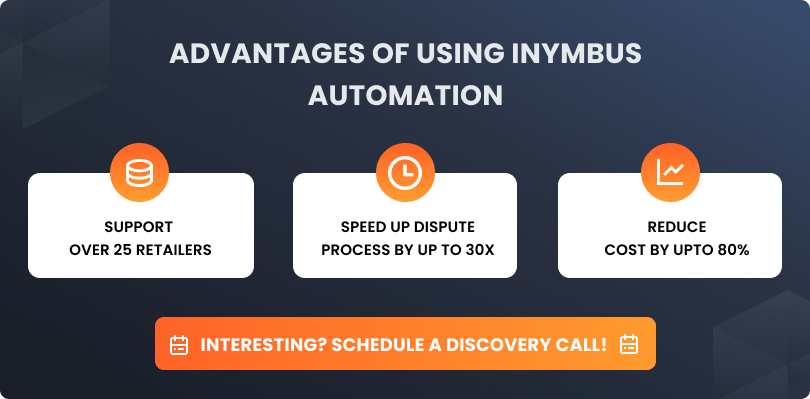 DSO is the average number of days it takes your company to collect payment after a sale has been made. Tracking cash flow and accounts receivable (AR) efficiency in retail supply chains is essential. It’s especially important when suppliers face frequent deductions from major retailers like Amazon, Walmart, and Target. Two key metrics to watch are Days Sales Outstanding (DSO) and Accounts Receivable Turnover (ART).
DSO is the average number of days it takes your company to collect payment after a sale has been made. Tracking cash flow and accounts receivable (AR) efficiency in retail supply chains is essential. It’s especially important when suppliers face frequent deductions from major retailers like Amazon, Walmart, and Target. Two key metrics to watch are Days Sales Outstanding (DSO) and Accounts Receivable Turnover (ART).
While they serve different purposes, DSO and ART both provide insight into how efficiently your company collects revenue. Retailer deductions, unauthorized chargebacks, shortages, and disputes can distort these numbers by delaying payments and inflating AR balances. Automation solutions like iNymbus help solve these issues.
This post explains what DSO and ART mean, how deductions impact them, and how suppliers can use automation to improve both.
What Is Days Sales Outstanding (DSO)?
DSO is the average number of days it takes your company to collect payment after a sale has been made.
Why It Matters:
A high DSO means it’s taking longer to collect payments. This could be due to billing mistakes, customer delays, or unresolved retailer deductions.
How Retail Deductions Inflate DSO:
Let’s say Walmart withholds payment on a shipment due to a short shipment or an invalid barcode. Even if your team submits a dispute, the amount remains outstanding. Multiply this across hundreds of invoices, and your DSO begins to skyrocket.
With iNymbus, deduction resolution is automated. That means faster processing, quicker payments, and improved DSO.
What Is Accounts Receivable Turnover (ART)?
ART shows how often your company collects its outstanding payments over a set period, usually a year or a quarter.
Why It Matters:
A high ART means you’re collecting quickly. A low ART suggests delayed or infrequent collections, often due to disputes.
Retail Deduction Impact:
If chargebacks from Amazon or returns from Target aren’t resolved, they stay in your receivables and lower your turnover ratio. Even if your team is billing correctly, the time-consuming process of manually disputing claims creates collection delays.
With iNymbus automation, claims are filed faster and follow-ups are automatic, helping your ART bounce back.
DSO vs. ART: What’s the Difference?
Think of DSO as a long-term indicator of your cash collection cycle, while ART tracks the efficiency of your credit and collections team.
Both metrics are critical, and both can be skewed by deductions that are left unresolved for too long.
How Retail Deductions Affect Your AR Metrics
Retailers issue thousands of deductions every week, many of which are invalid, duplicated, or miscoded. Common reasons include:
- Product shortages
- Damaged freight
- Compliance issues
- Return disputes
These deductions pile up in your AR, inflating DSO and reducing ART. Worse, they create internal backlogs and waste team resources.
Real Example:
One iNymbus client had over 1,000 monthly claims with Walmart. Before automation, it took weeks to clear a month’s worth of deductions.
With iNymbus, the same workload was resolved in less than 5 days, dramatically improving both DSO and ART in the process.
How iNymbus Automation Improves DSO and ART
Traditional deduction resolution is:
- Manual
- Time-consuming
- Prone to human error
iNymbus changes the game by automating the deduction dispute process across retailer portals, including:
— And more
Benefits of Automation:
☑️ Deductions identified and validated automatically
☑️ Backup documentation fetched from your systems
☑️ Disputes filed in real time to retailer portals
☑️ Reduced collection lag and outstanding balances
☑️ Improved visibility into AR health and KPIs

DSO or ART: Which Should You Focus On?
- Track DSO if your concern is cash flow stability, aging receivables, and long-term financial planning.
- Track ART if you want to optimize collection efficiency and assess how well your AR team is performing.
If you’re a supplier dealing with frequent chargebacks or volume-based deductions, both metrics should be monitored together.
Final Thoughts: Let Automation Drive Your AR Performance
DSO and ART are more than accounting terms; they’re powerful tools to measure how quickly your company gets paid. If deductions keep piling up, these numbers won’t mean much until you deal with the real issue: unresolved claims.
iNymbus helps you manage deductions faster, cuts down manual work, and puts you back in control of your AR metrics.
📈 Ready to improve your DSO and ART? Book a demo today and let us show you how iNymbus can help.
